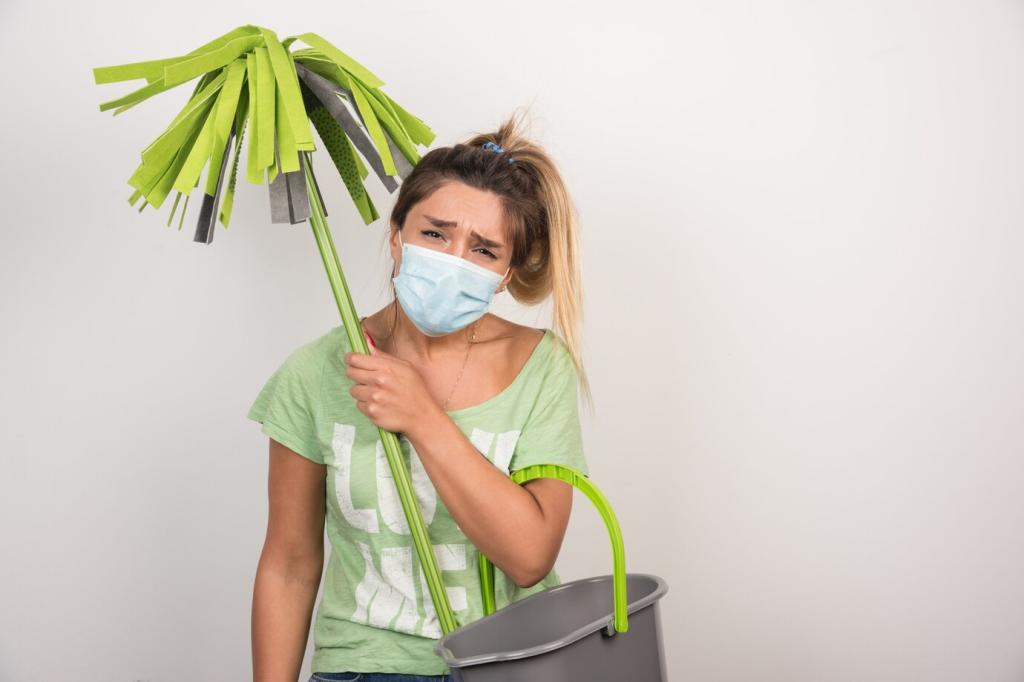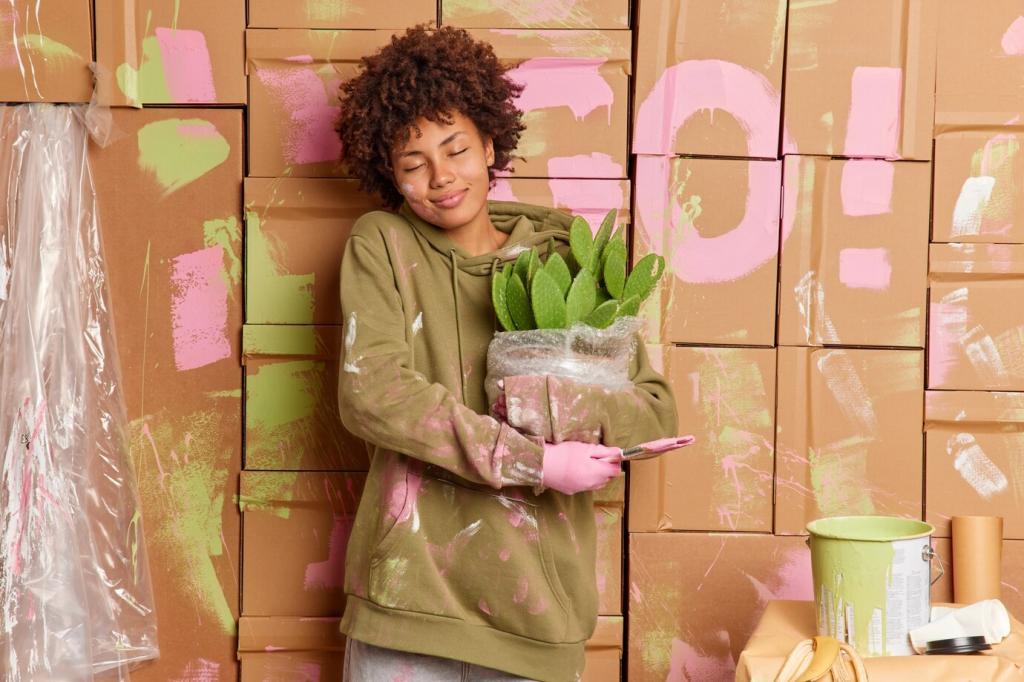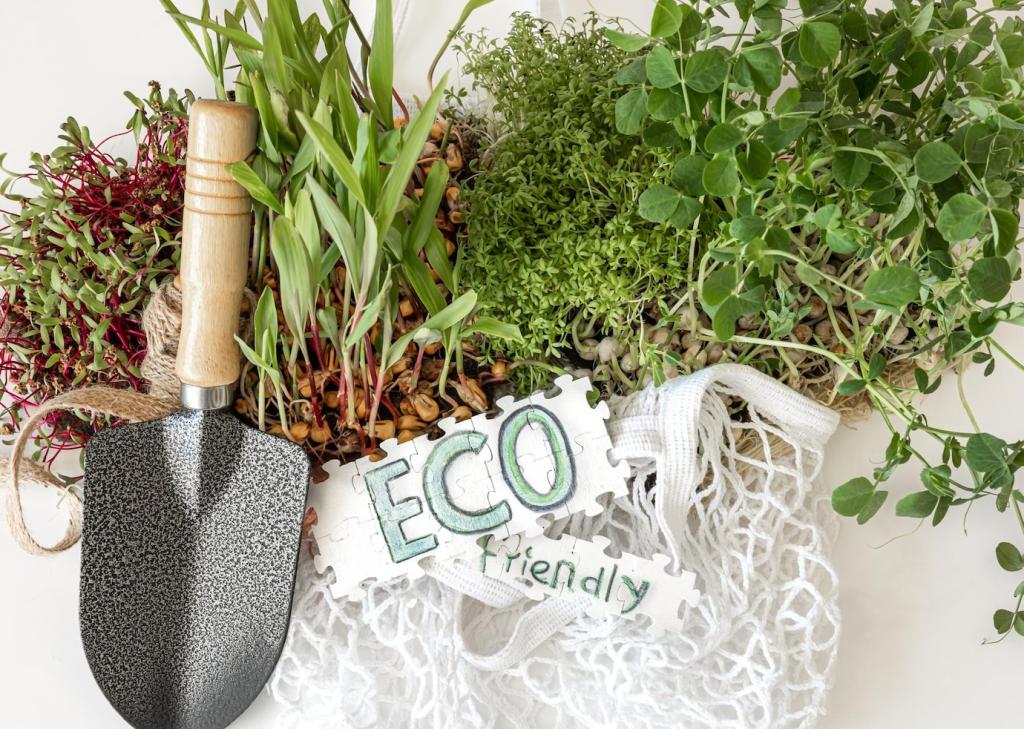How a DIY Vinegar-Based Furniture Cleaner Works
Distilled white vinegar contains about 5% acetic acid, which helps loosen mineral deposits, neutralize lingering odors, and break down dulling films from everyday hands and airborne grease. It lifts light grime without the heavy wax buildup many commercial polishes leave behind.
How a DIY Vinegar-Based Furniture Cleaner Works
Sealed finishes like polyurethane and many modern varnishes often tolerate a lightly diluted vinegar solution when applied correctly to a cloth. Waxed, shellac, or unfinished wood can dull or spot, so always test first and avoid soaking. When unsure, err on the cautious, gentler side.






